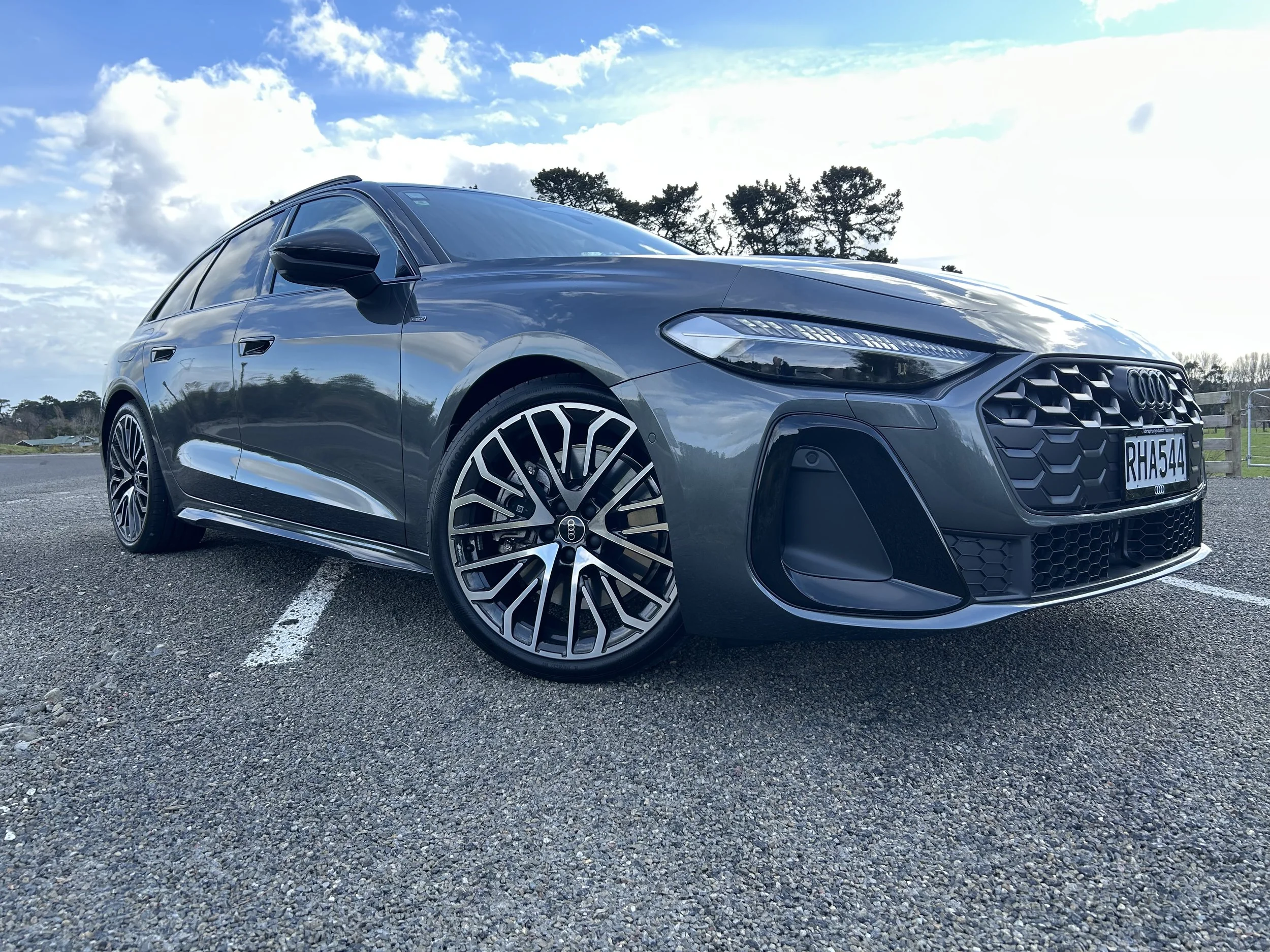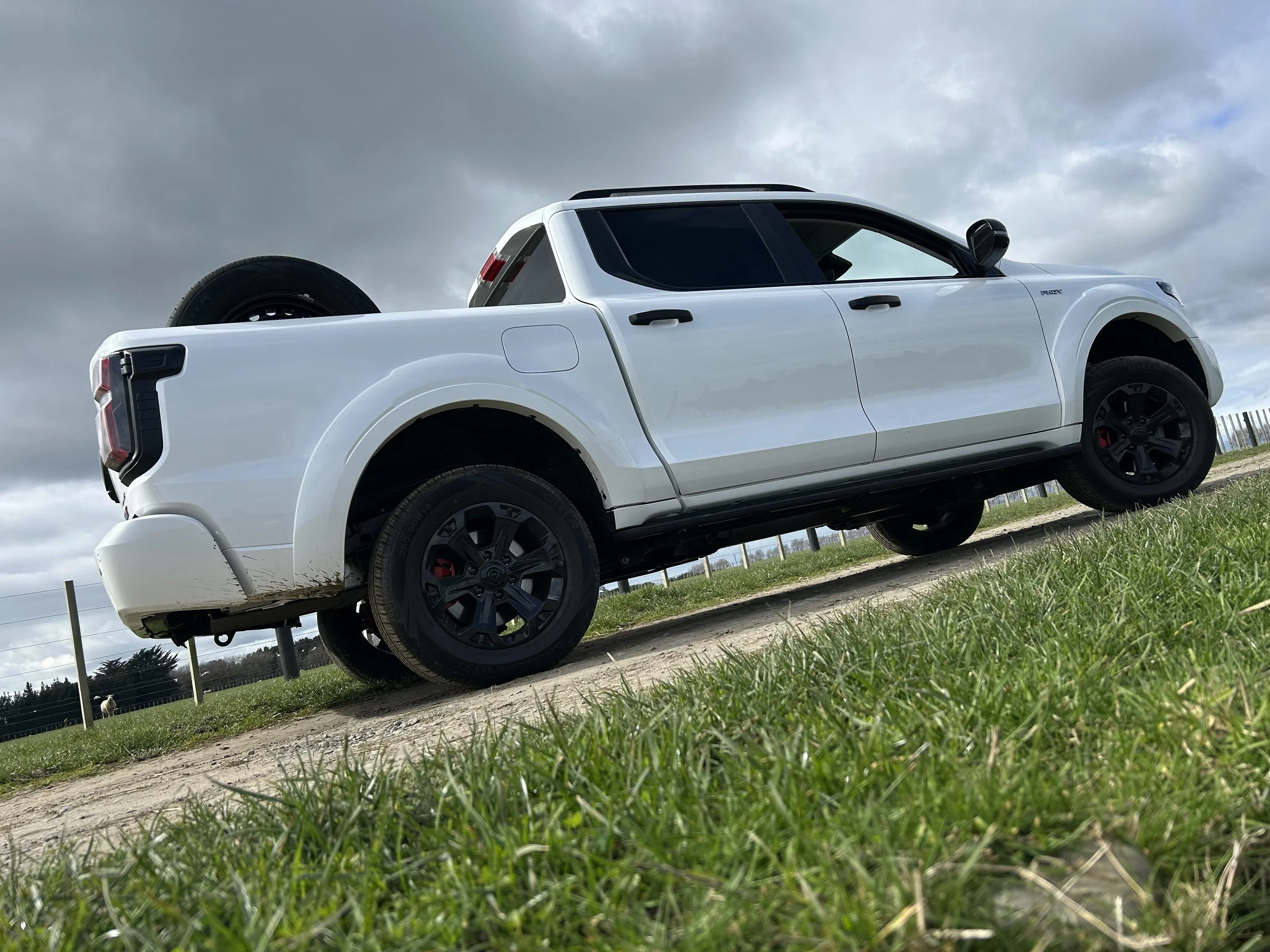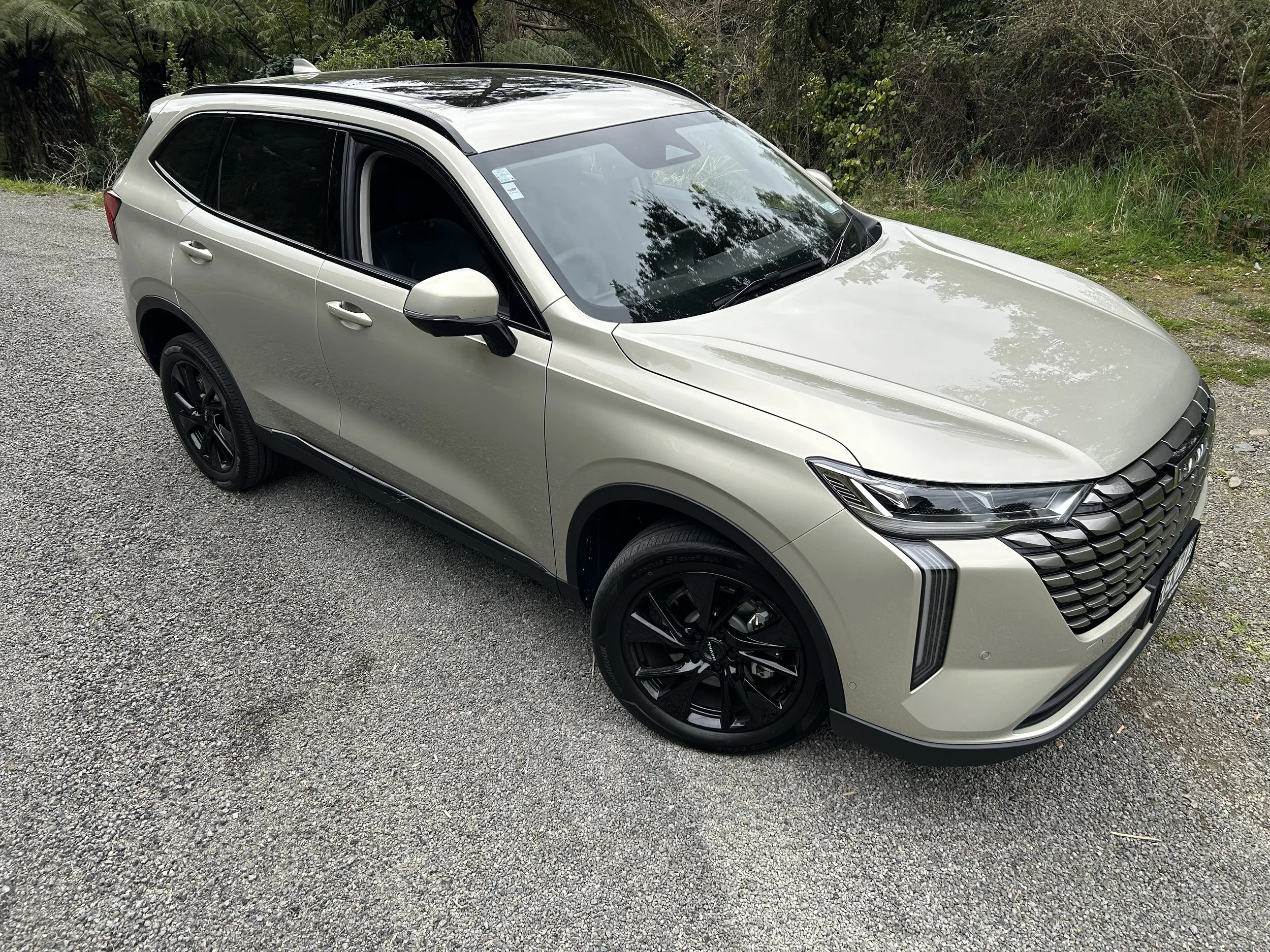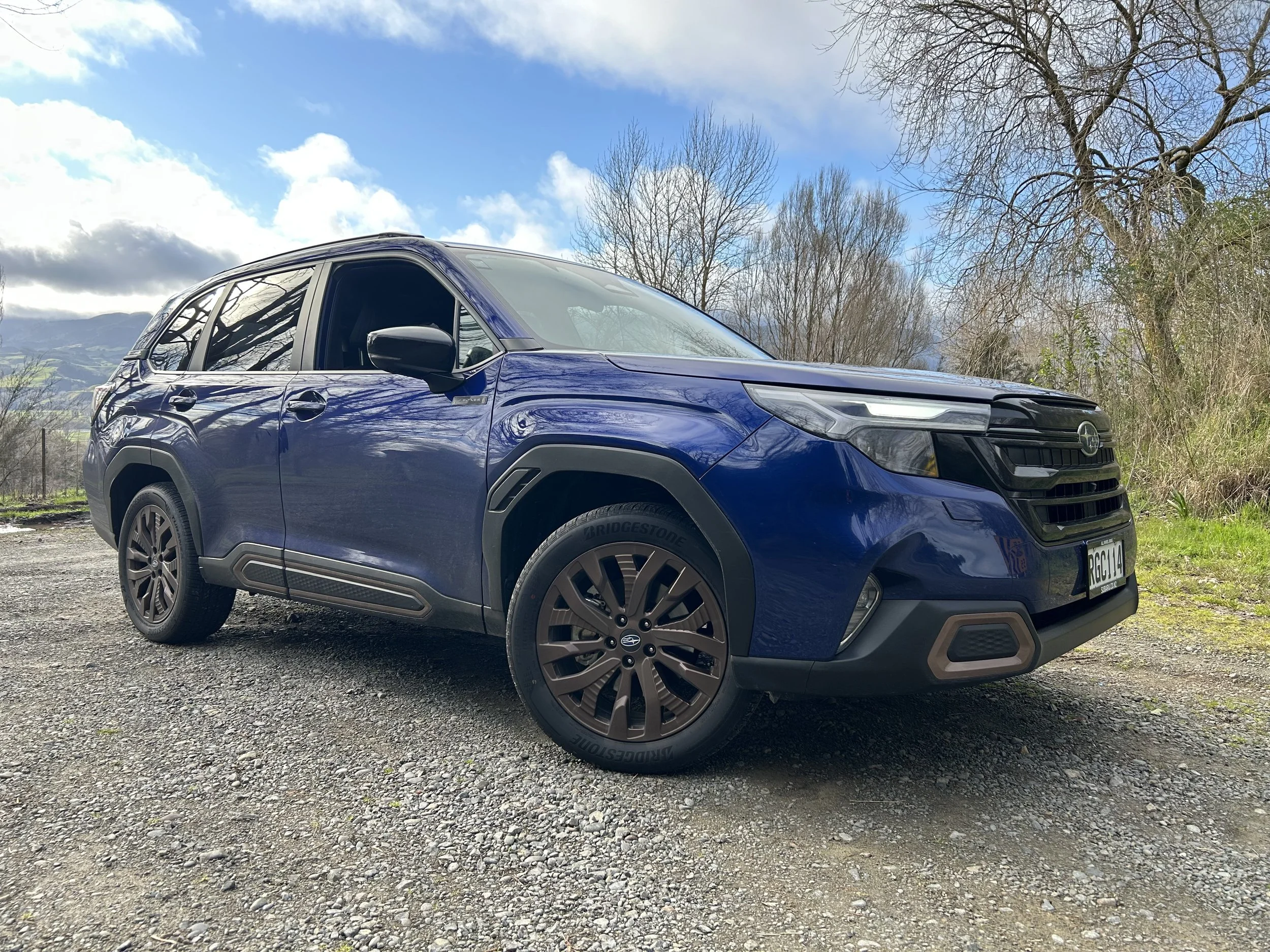Tucson updates mainly an inside job
/The big fresh for Hyundai’s key medium SUV will reach the showroom soon. Here’s some of what you might expect to see.
INTERNATIONAL detail about the revised Hyundai Tucson about to release here reinforces that revision to this crucial medium sports utility is more radical on the inside than in respect to metalwork change.
While alterations to the exterior have been affected, some only become apparent through close and prolonged scrutiny.
Likely as not, you’ll need to park the new and outgoing models side by side to achieve full appreciation of what’s been revised.
As a starter to that process, here’s a clue: It has new bumpers at the front and rear, these designed to accentuate the car’s width.
Also the grille has been modified, albeit very slightly, to make it appear more angular. There are redesigned alloy wheels, too. And the N-Line editions have some snappy body adornments, to strike a sportier ethos.
Overall, it’s shaping up to be much the same as before.
Potential that it’ll fall in line with the new Santa Fe’s square-edged cubism will come … but likely as not, that’ll be with the next generation line, still a few years away.
While the Tucson’s exterior design hasn’t altered all that much, the interior has been modified considerably, with a new dashboard panel that is considerably more modern than that of the outgoing car.
If you know your Hyundai’s you’ll know the new digital instrument cluster and touchscreen fitted within the same curved housing that stretches across about half the dashboard is in line with what you see in the latest Santa Fe, and the Ioniq 5 and 6 electric cars.
The display panel sites above a bank of more conventional switchgear that controls the heating and ventilation, as well as some vehicle functions.
The gear selector has been moved to a wand-like stalk on the steering column – which has a new steering wheel – freeing up space for a new centre console with more storage space.
The biggest physical change is a small button that effects an important ‘fix’, apparently in response to feedback from customers in this part of the world.
Hyundai says it has engineered a fix for the frustrating audible warning tied to the traffic sign recognition system – known as Intelligent Speed Limit Assist (ISLA) – found in several recent deliveries, the electrics and Santa Fe included.
Tucson will be first to feature a steering wheel button shortcut to mute the audible “overspeed” warning that sounds whenever the car strays above the posted speed limit it has detected. A short press of the button results in muting the stereo like normal. But, a long press mutes the speed limit assist warning; confirmed by a pop-up on the main infotainment display.
Hyundai NZ has yet to share its local specification choices, or pricing plan, and has yet to say what’s going on under the bonnet.
Tucson is still built with a choice of three different powertrains, ranging from a diesel to petrols, from naturally aspirated and orthodox turbocharged to hybrid (badged HEV) and plug-in hybrid (PHEV).
For this part of the world, it seems highly like the 2.0-litre turbodiesel has been retired from duty.
Conceivably the push from now on might zone in more on the hybrid and the plug-in hybrid, which continue to be based around the same 1.6-litre turbocharged petrol engine.
The family could also conceivably keep as a price leader a 115kW/192Nm 2.0-litre non-turbo four-cylinder petrol engine with a six-speed automatic and front-wheel drive.
The status of the non-hybrid 132kW/265Nm 1.6-litre turbo-petrol four-cylinder is unclear. That engine marries to a seven speed dual clutch gearbox, with front- and/or all-wheel drive.
The hybrids have different electric motors and batteries that give them quite different power outputs and characteristics.
Whereas the mild hybrid has a 44kW electric motor, the plug-in gets a 67kW motor, which works with the petrol engine to produce a total of 188kW/350Nm (still less torque than the diesel). The hybrid, meantime, has 169kW and 350Nm.
The PHEV’s 13.8kWh battery lends an official all-electric range of just over 60km. Fuel consumption of 5.3 litres per 100 kilometres is cited.




















